That Was No Ordinary Tsunami That Hit Japan
A new study from NASA has unveiled some interesting details about the tsunami that struck Japan after the March 11th earthquake:
Turns out, that wasn’t a tsunami after all that swept into northeastern Japan last March, killing nearly 20,000 people and launching a major nuclear and environmental crisis.
That was two tsunamis that merged far out at sea and rolled swiftly toward shore, more than 135 feet high.
That means the speeding wall of water was almost as tall as the Statue of Liberty, torch to toes. It washed inland more than six miles in some areas, destroying an estimated 125,000 structures.
The quake that day was the worst in Japan’s history and the fifth strongest ever recorded. Scientists from both NASA and the Ohio State University have been working on the mysteries of why the tsunami was so unexpectedly huge and why it struck the coast where it did.
They’ve been studying data from a trio of satellites that fortuitously happened to be passing over that part of the Pacific Ocean on Friday, March 11, Japan time. And they have now confirmed what until now had only been hypothesized:
That separate massive water movements, ignited by undersea earthquakes miles beneath the ocean surface, can grow and actually merge their massive energy and water volumes to roll across scores of miles of ocean undiminished by distance. They are, it now appears, shaped and steered by the unseen contours — the ridges and mountain ranges – of the ocean bottom beneath.
Picture the water displacement and movement when someone suddenly sits at one end of a full bathtub. Now expand that to oceanic size. And then double it.
Until now such twin tidal waves had never been observed, just theorized as possible explanations for such devastation as the 1960 Chilean tsunami that traveled trans-Pacific to kill about 200 in Hawaii and Japan.
“It was a one-in-ten million chance that we were able to observe this double wave with satellites,” said Y. Tony Song of NASA’s Jet Propulsion Laboratory in California. “It was like looking for a ghost. A NASA-French Space Agency satellite altimeter happened to be in the right place at the right time to capture the double wave and verify its existence.”
Song and C.K. Shum of Ohio State studied and modeled the data and described their findings at a scientific gathering in San Francisco this week.
As with the nuclear disaster that followed, it’s as if everything that could go wrong did go wrong.
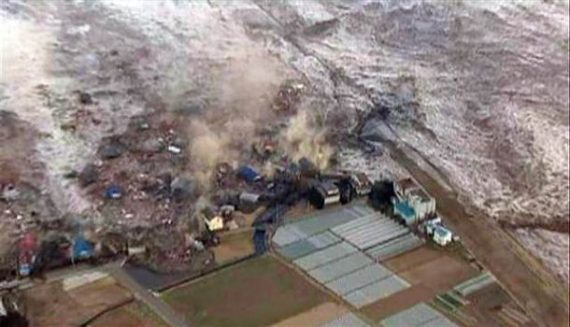

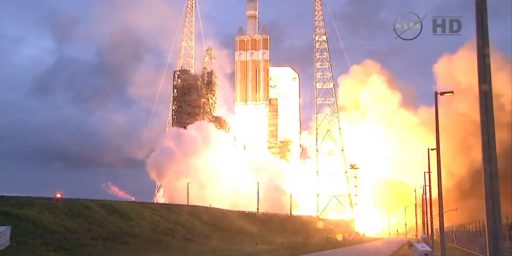
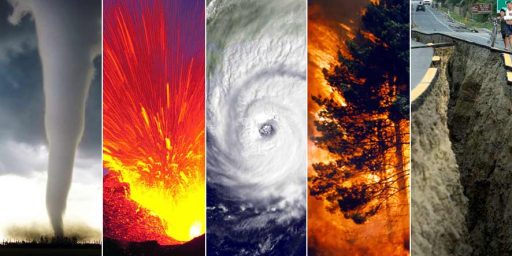
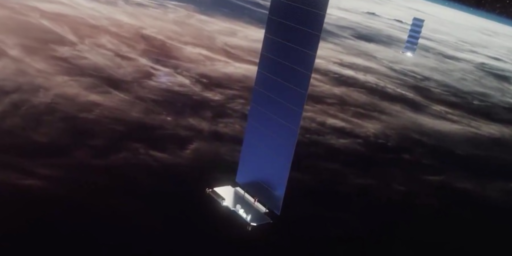
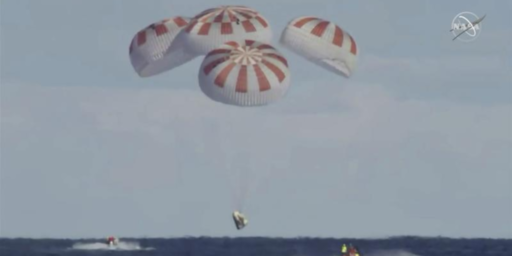

This must be more of that “new science”. State the obvious and previously known as newly discovered facts and, oh, let’s not worry about the conservation of energy. Sadly, the NASA press release isn’t much better than this journalist’s ignorance.
First off, the water doesn’t ‘move’ in a wave except in a circle as the energy flows to the next bit of water, and so on and so on. We already knew that the tsunami waves were entire water column displacements and so were affected by bathymetry in speed and direction. I was shown this in 1991. There are many models that predicted travel times and impacts that were observed in nature. It is a given that portions of waves can interfere constructive and destructively due to refraction and slowing caused by interaction with the bathymetry. And it is a physical impossibility for waves to travel without diminishment as every interaction consumes energy. However, since the entire water column was displaced the amount of energy in the wave would be far greater than that consumed by friction.
One hopes the actual observations provided more than what was already known, although observation would be of value. Hidden in the press release is the hint that they may have seen multiple displacements or displacement of the seafloor over a long enough time to effectively produce several waves with energies that later constructively interfered due to refraction as it approached the coast. The question is, Is the seismic record of sufficient resolution to predict multiple discrete waves.
Not quite everything Doug, my niece was in Sendai that day and still is. Alive and well.
When you are dealing with something that can be a long term disaster like a nuclear power plant you have to assume that everything will go wrong and mitigate accordingly. That is the lesson here but it is unlikely the lesson will be learned since it will interfere with profits.
Good summary, JKB.
Ron, the problem with zero tolerance and nukes is that it means no nukes. Basically to accept nuclear power is to accept a Fukushima now and then. Sure, we can rebuild nukes for a Fukushima-style problem (though in other news the NRC is breaking up over this), but that just covers one previously black swan. It doesn’t end hanging risks.
I couldn’t disagree more with john personna. The Fukushima reactors survived the tidal wave. They survived the earthquake. (OK, survived with at least enough systems intact to shut down safely.) They failed because the power failed. With the power out they were not able to shut them down safely and this type of design needs to have constant power or what happened at Fukushima will happen at, say, the 20-30 nuclear plants with a similar design in the US. So we don’t need a tidal wave/earthquake combination to have the plants go critical – merely someone determined to keep the power off at the sites.